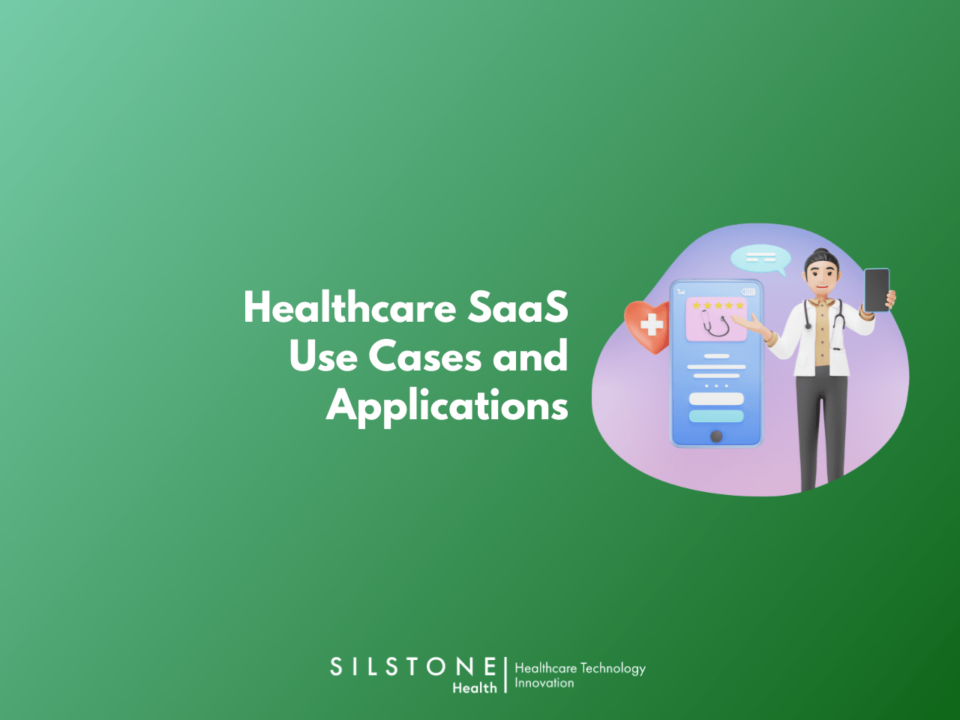
Future of Health-Tech through Tele-Health Innovation!
December 21, 2021
Adopting Agile-Waterfall Hybrid Model and Best Practices for Building Health-Tech
January 14, 2022Adopting Agile Methodology to Speed Up Healthcare Software Development

The healthcare industry is going through a rapid digital transformation, with 1 in every 5 Americans tracking their health statistics using an app. The goal of software development for healthcare is to build a digital ecosystem where providers can increase the quality of healthcare services, deliver better treatment, and make their staff more productive. This type of technological innovation leverages the latest tech trends such as big data, machine learning, and e-health applications that all create new opportunities for improving the patient experience.
As health records become increasingly digitized and the software used to support healthcare delivery becomes more complex, it is important for healthcare organizations to quickly adapt and respond to new developments. This includes utilizing software that supports clinical decision-making, care delivery, and administration, while also meeting the guidelines set by regulatory agencies such as HIPAA compliance . Agile project management & methodologies offer solutions to these challenges by providing a more flexible and adaptive approach to software development.
Traditional Waterfall development vs Agile development
The traditional Waterfall development process, in which requirements are gathered at the beginning of the project and development proceeds in a linear, sequential manner, can be inflexible and time-consuming when applied to healthcare software development. This is because healthcare is a rapidly changing field and new developments or requirements can arise throughout the course of a project. Additionally, getting the requirements right during the planning stage can be difficult as the end-users are not always clear about what they need, or their needs might change as the project progresses.
On the other hand, Agile development allows for a more flexible and adaptive approach to software development. The Agile process is iterative, meaning that development and testing occur simultaneously, and requirements are gathered and refined throughout the project. This allows for changes and new requirements to be incorporated as they arise, without delaying the project or creating additional costs. Additionally, Agile methodologies stress on the importance of user involvement and feedback, which helps to ensure that the end-users are satisfied with the final product.
Agile development features:
The core elements and best practices of Agile development include
- Sprints: Sprints are the foundation of Agile development. A sprint is a defined period of time, usually 2 weeks, during which the team focuses on delivering a set of product features. This allows for regular delivery of functionalities and progress tracking.
- Sprint Planning: Prior to the execution of a sprint, the entire team gathers to plan the activities that will occur during that sprint. The team commits to a set of user stories during sprint planning. User stories are defined as a set of requirements and acceptance criteria that define a feature or scenario from a user’s perspective. User stories help in defining how a function should work and behave.
- Sprint demonstration: At the end of every sprint, the team demonstrates the work they’ve accomplished. The sprint demonstration is also an important opportunity for the product owner to provide feedback and make adjustments to the work that was delivered during the sprint.
- Sprint retrospectives: At the end of every sprint, the team gathers to review the sprint and identify areas that went well and things that could be improved upon. This allows the team to continuously review what they are doing and improve their processes.
- Daily stand-ups: These are very short daily team meetings where each team member shares what they are working on and if they are blocked. With more minds at the table comes more ideas to solve any roadblocks experienced.
- Backlog: The backlog is a list of prioritized user stories or features that details what is required to build the product. The product owner ‘owns’ the backlog, meaning that the product owner must define and prioritize all of the user stories within it. The product owner is expected to make feature trade-off decisions based on the product vision and the business needs.
- Sprint board: The sprint board is a tool used by the team to organize and express the status of the work in the current sprint. Issues are moved from one status to the next as they are being worked on.
Additionally, Agile development follows best practices such as continuous feedback, user involvement, and regular delivery of functionalities which ensures a better quality product and faster development cycles.
From this blog we can take the following key takeaways
- Agile development is an effective methodology for healthcare software development as it enables the incorporation of changes and new requirements as they arise, without delaying the project or creating additional costs.
- Agile methodologies stress on the importance of user involvement and feedback, which helps to ensure that the end-users are satisfied with the final product.
- Agile development includes core elements which help in keeping the team focused, organized, and on track while working on a project while following the best practices such as continuous feedback, user involvement, and regular delivery of functionalities which ensures a better quality product and faster development cycles.
At Silstone Health, the team focuses on delivering a set of product features, which are planned and documented throughout the development cycle through the use of agile development process to deliver highly scalable and quality healthcare softwares. The team does this by conducting sprint demonstrations, retrospectives, and daily stand-ups to ensure continuous feedback and improvement. Additionally, the team prioritizes the backlog, and uses sprint boards to keep track of the progress.
Adopting Agile methodologies can greatly benefit healthcare providers in their digitization journey, and companies like Silstone Health serve as a great example of the success that can be achieved through Agile development.





